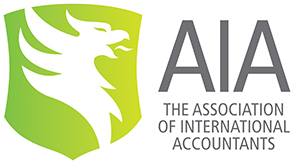Avoid the Higher VAT Rate
Newsletter issue - December 2009.
The standard rate of VAT is due to rise from 15% to 17.5% on 1 January 2010. This small rise in VAT may encourage people to make large value purchases in December 2009 rather than in January 2010, but there are other ways to take advantage of the lower VAT rate.
Where services or goods are invoiced for in advance, the VAT rate applies according to the date of the invoice. Say an organisation normally raises invoices for its annual membership fees on 2 January each year. If the 2010 membership invoices are raised on 1 December 2009 the members don't have the VAT increase and the organisation would receive at least some of its membership income earlier.
The VAT rate to be applied to a sale normally depends on the tax point for that transaction. This tax point is usually when the customer receives the goods or services. However, that tax point is superseded by an earlier date if the money is received before the supply of goods or services, or by the invoice date if that invoice is raised within 14 days of the goods or services being supplied.
When the VAT rate changes in the middle of these dates, you can choose whether to apply VAT at the date when the goods were supplied, or the date the invoice is raised. If you supply goods on say 24 December 2009, but raise the invoice on 4 January 2010, you have the option of charging 17.5% VAT rate based on the invoice date of 4 January 2010, or 15% VAT based on the date the goods were physically supplied.
Where you are supplying a service over a period that straddles the VAT increase, the VAT man will, by concession, allow you to charge VAT at 15% for the portion of the work done before 1 January 2010 and 17.5% VAT for work done on or after that date. Alternatively you can apply the usual rules and charge VAT according to the date the invoice is raised, or the payment is received, whichever happens first.
There are tax-avoidance rules which will add an extra 2.5% supplementary VAT charge where the value of the sale (and connected sales) total more than £100,000, or the customer and supplier are connected, or the payment is due more than six months after the date of the invoice. Talk to us if your sales are likely to fall into any of these categories.
